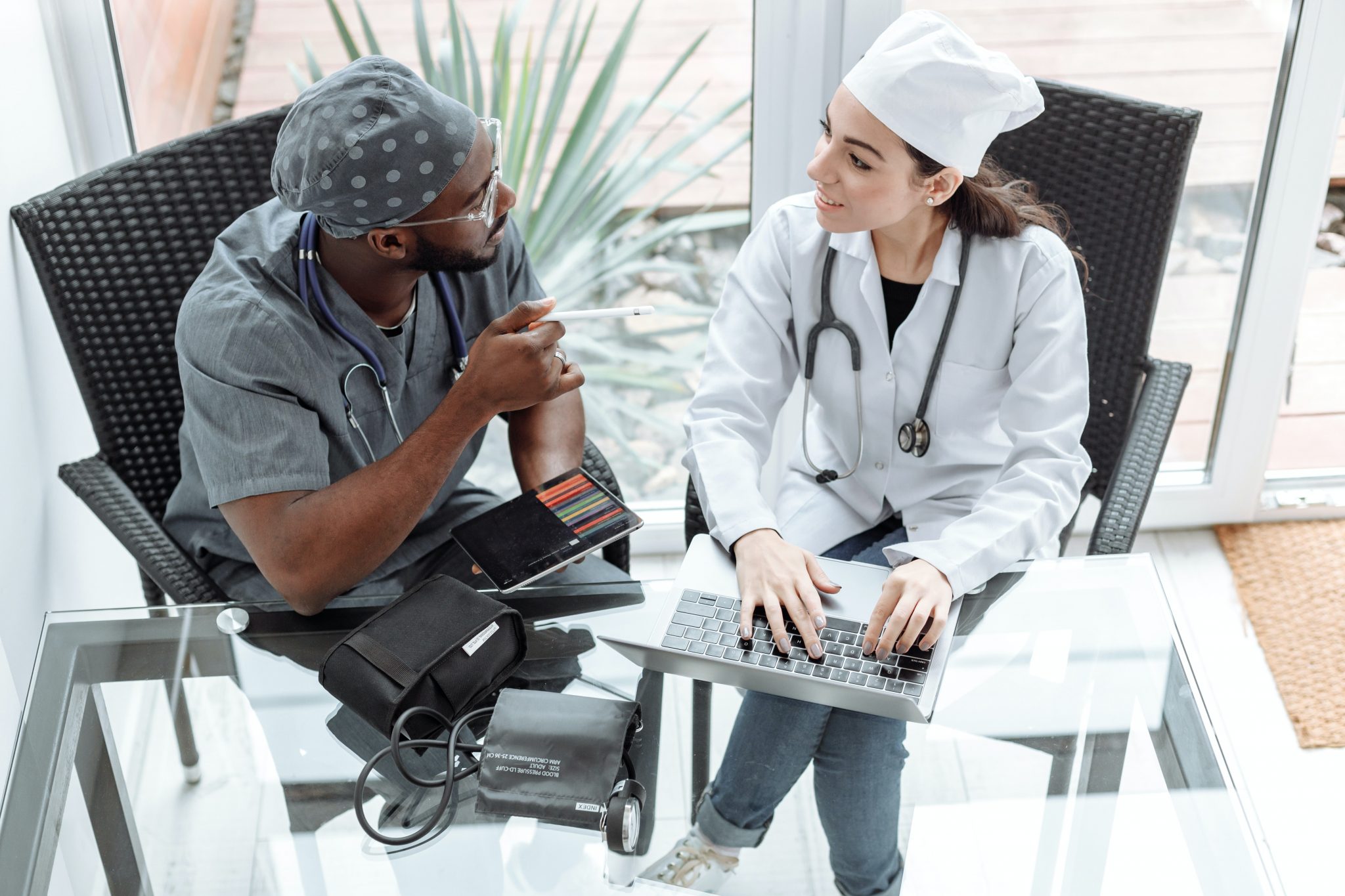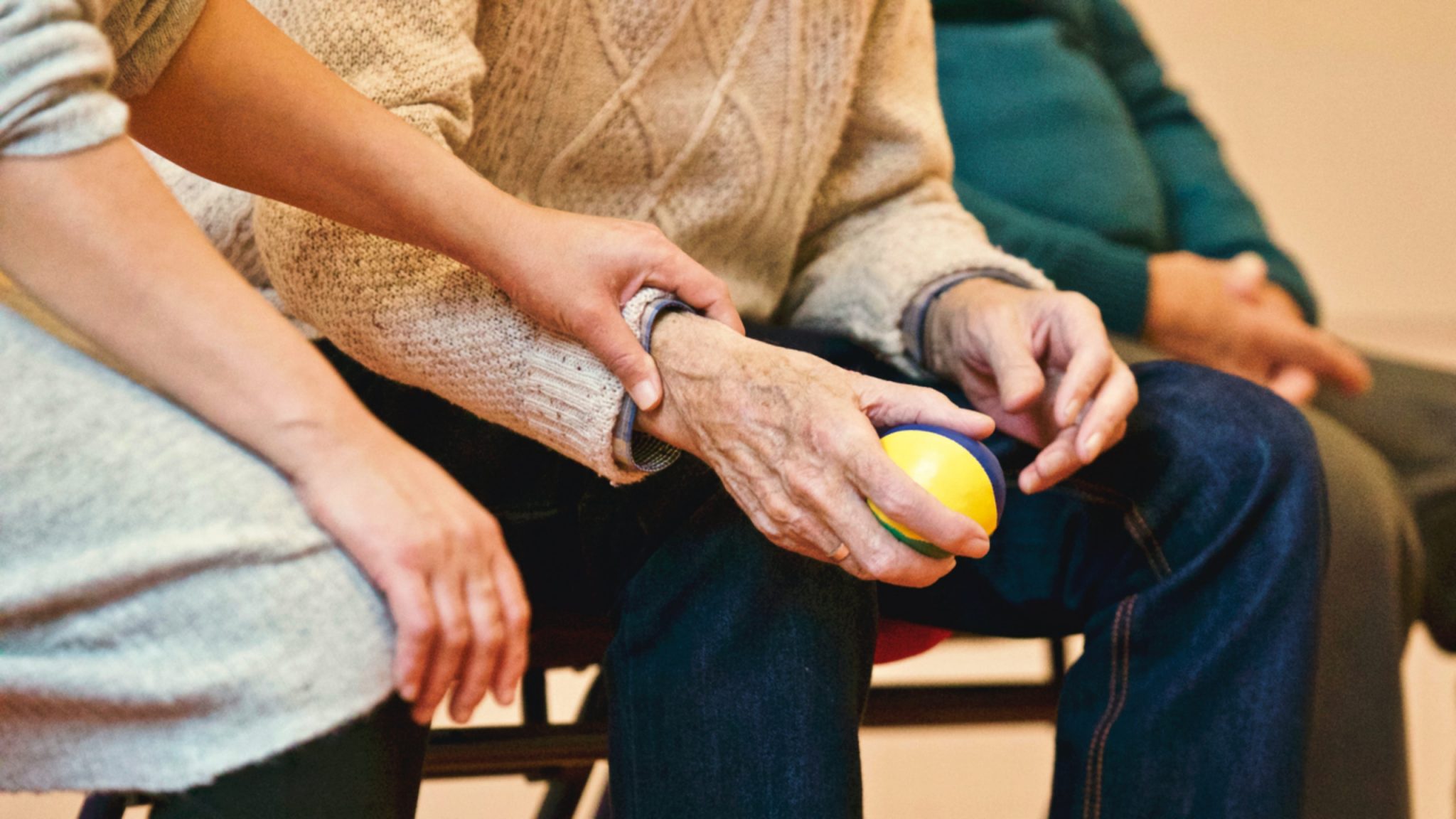Whether to See a Doctor if My Leg is Swollen
Many of us have experienced swollen legs at some point in our lives, but how do you know if it warrants seeing a doctor? Legs can become swollen for a variety of reasons and not all of them require medical treatment.
If your leg swelling is accompanied by redness, pain, and warmth, you should reach out to your doctor’s office immediately, because you could have deep vein thrombosis and you may need emergency treatment. Chest pain, shortness of breath, dizziness, and coughing up blood while your leg is swollen would also be reason for immediate medical attention.
Read on to learn how to tell if your swollen leg requires a doctor’s visit, what can cause leg swelling, and what you can do to help alleviate or prevent leg swelling in the meantime.
How Do I Know if I Need to See a Doctor for My Swollen Leg?
Sometimes leg swelling can be minor and not much to worry about, particularly after intense physical exertion. But there are also times where a swollen leg can be worrisome and requires a doctor’s visit or even emergency treatment in some cases.
If you’re experiencing any of the following along with a swollen leg, you should seek medical attention immediately:
- One leg is swollen and significantly larger than the other
- Your leg is red, somewhat like a light sunburn
- It is painful to walk or put weight on your leg
- There is a spot on your leg that feels very warm to the touch
- You’re having chest pain
- You’re feeling short of breath
- You’re feeling dizzy or lightheaded
- You’re coughing up blood
Severe swelling, redness, pain, and warmth are all indicators of deep vein thrombosis, so you may need to seek emergency treatment. Chest pain, dizziness, and breathing difficulties may also be a sign of a blood clot. If you’re feeling uncertain, make a call to your doctor and let them know all the symptoms you’re experiencing.
If they feel it may be deep vein thrombosis or a blood clot, they’ll direct you to go to your nearest emergency room or urgent care center. If it does turn out you have DVT or a blood clot, time may be of the essence to avoid the clot traveling to the lungs and causing a pulmonary embolism.
If any of the following apply to you, it’s important to see your doctor to get checked out:
- There is blistering or sores on your legs
- You have been diagnosed with vein disease
If you’re noticing blisters on your legs along with the swelling or you’ve already been diagnosed with vein disease, this wouldn’t be as urgent as the above situation, but you should definitely schedule an appointment with your doctor. Your vein disease could be progressing, and it should be addressed. Or it could even be related to a different health condition such as those listed in the next section.
What Can Cause Swelling in the Leg?
There are various causes of swelling in the legs, some of which are fairly harmless. It’s helpful to know what can lead to leg swelling so you’ll be able to tell if your swollen leg needs medical attention or if it can be treated at home.
Some of the causes of leg swelling that should be checked out by a doctor are:
- Vein disease
- Edema
- Inflammatory conditions like arthritis
- Medications (particularly pain or blood pressure medications)
- Recent surgery
- Injury to the leg, such as during a car accident
- Obesity
- Heart disease
- Kidney disease
- Lymphedema
While it may not necessarily be an urgent situation, it’s a good idea to check in with your doctor if your leg swelling could be related to one of the above. They can diagnose you and help you find the best course of treatment.
There are some other triggers for leg swelling that are likely to be temporary and may resolve on their own:
- Plane travel
- Long car rides
- Hot weather
- Pregnancy
- Premenstrual syndrome
As you can see, some of the causes of leg swelling are temporary and won’t require a doctor’s appointment to treat. For cases like those, you can follow some of the steps in the next section to help relieve the swelling.
If you have already been diagnosed with vein disease, be aware that it makes your more likely to experience leg swelling in any of the situations we’ve gone over. Vein disease weakens your leg veins so they’re not functioning as efficiently as healthy veins. Sitting for hours on a plane or car ride may not affect your fellow travelers much, but for you it can lead to worsening of vein disease symptoms.
In situations where you cannot control possible triggers for leg swelling, do what you can from the next section on preventing leg swelling. No matter where you are, you should be able to move your feet and ankles to provide your veins with some assistance to pump blood back up the legs. Eventually, this will become second nature to you and can help stabilize your vein disease.
How Can I Prevent or Decrease Leg Swelling?
If your leg swelling doesn’t warrant a trip to the emergency room and you’ve already made your appointment to see your doctor, there are some things you can do in the meantime to help alleviate the swelling and possibly prevent it from recurring.
To help get your leg swelling under control while waiting on medical treatment:
- Avoid sitting or standing for long periods
- Elevate your legs
- Wear compression stockings or compression socks
- Take acetaminophen
Avoid sitting or standing for long periods
Since this can exacerbate the swelling. It may seem counterproductive to be on your feet when your leg is swollen and your natural inclination may be to rest as much as possible, but lack of movement isn’t good for your circulation. If it is too painful to walk, at least try to rotate your ankles and point and flex the feet and toes to encourage circulation.
Elevate your legs as much as possible when seated. This helps to keep blood from pooling in your legs and increasing the pressure and swelling. Prop your legs up on a pillow while sleeping.
Wear compression stockings or compression socks to support your veins and keep blood from pooling in your veins.
Take acetaminophen to help relieve the pain from the pressure and swelling.
Summary
Now you know how to tell if you should schedule a visit with your doctor or seek emergency treatment for a swollen leg. You also know what causes leg swelling and what lifestyle and dietary changes you can make to prevent or reduce the severity of swelling. Awareness of what makes you more susceptible to leg swelling when you have vein disease can help you make the changes you need to promote the health of your veins. As much as home treatments can help alleviate leg swelling, they are not a substitute for medical treatment.
While a healthy diet and lifestyle are extremely helpful for decreasing swelling in the legs from vein disease, it’s important to seek out professional care if the problem persists. If you’re experiencing swelling from vein disease that doesn’t respond to diet and lifestyle changes, contact us today to book an appointment.





